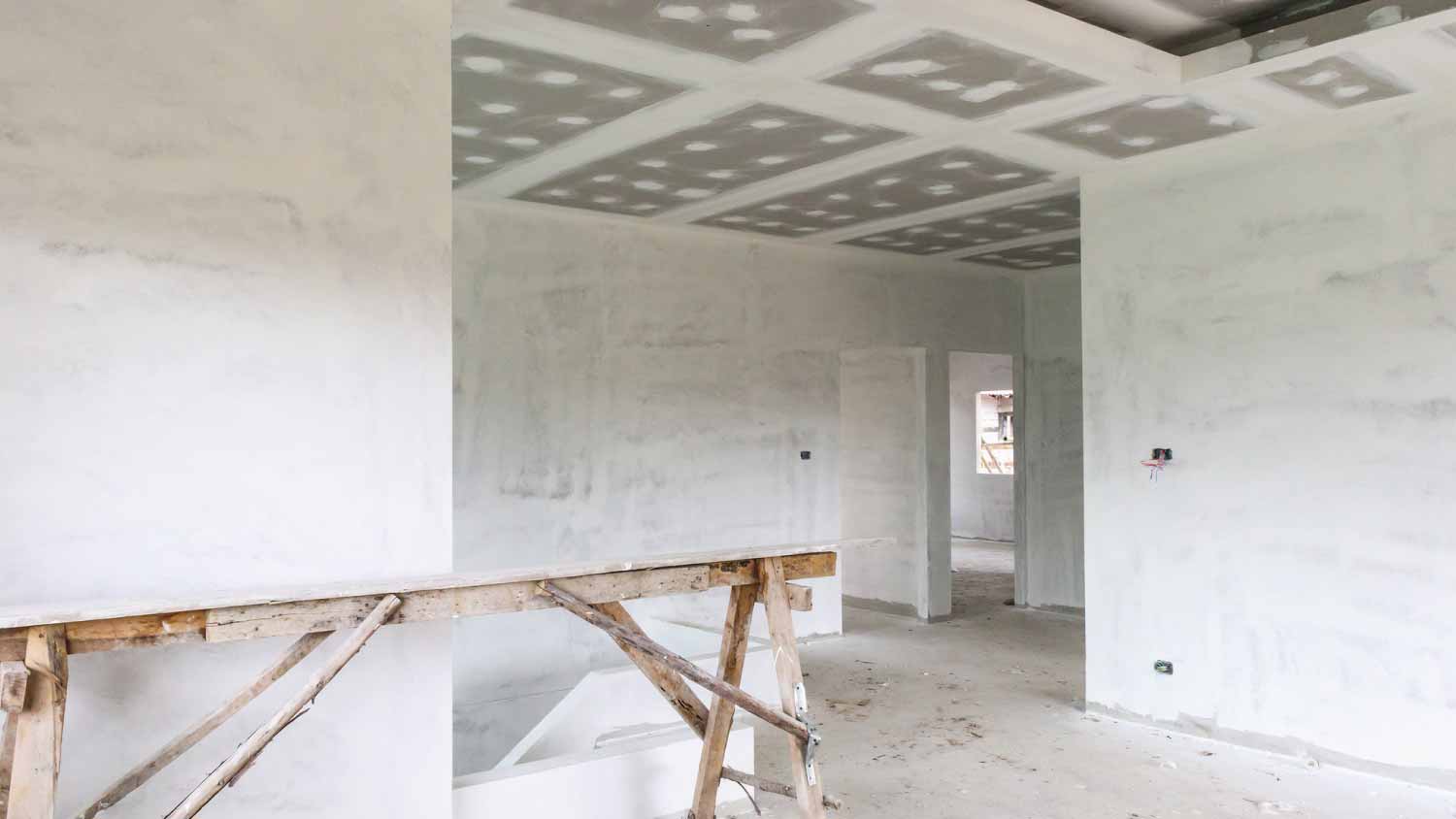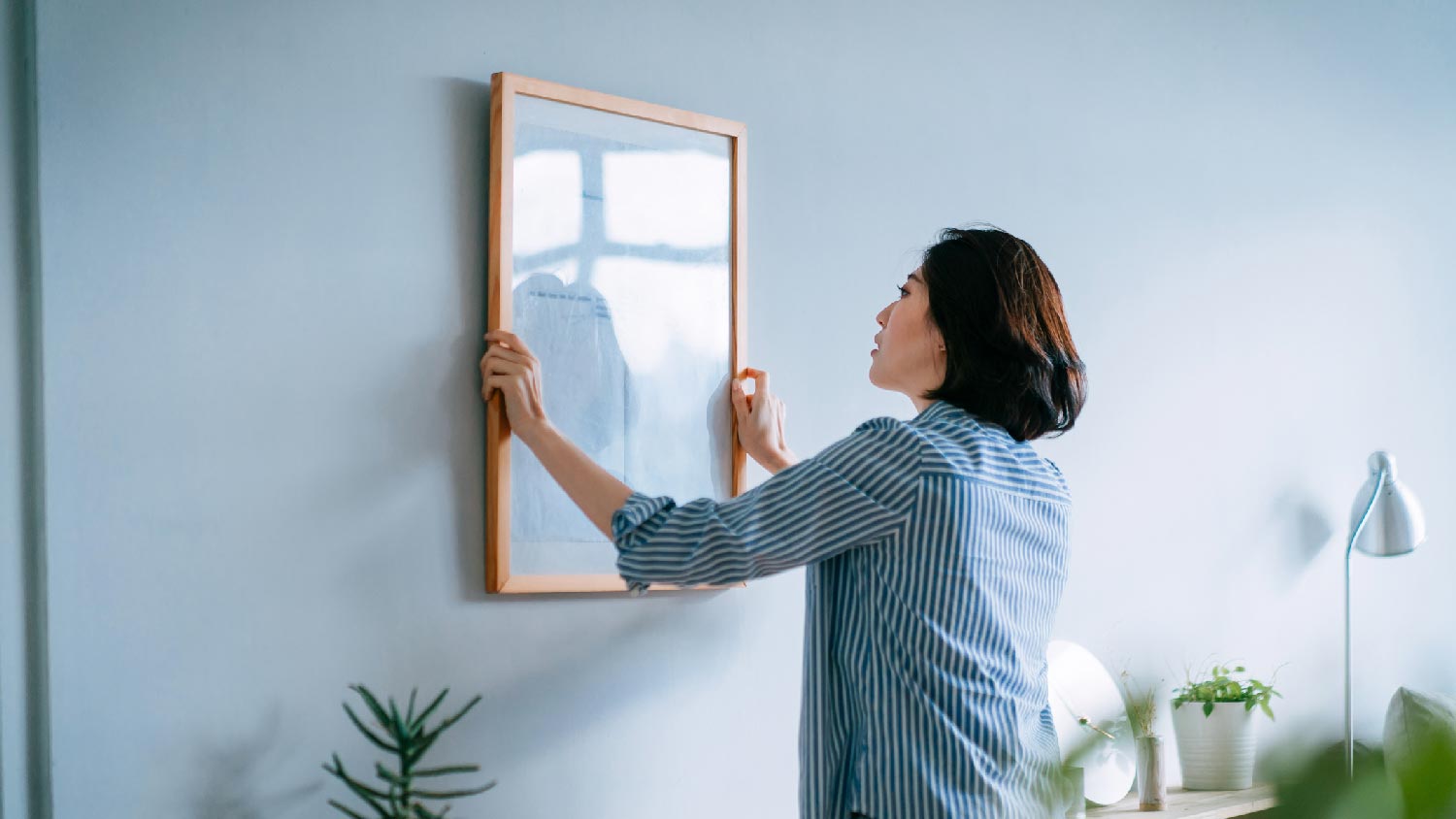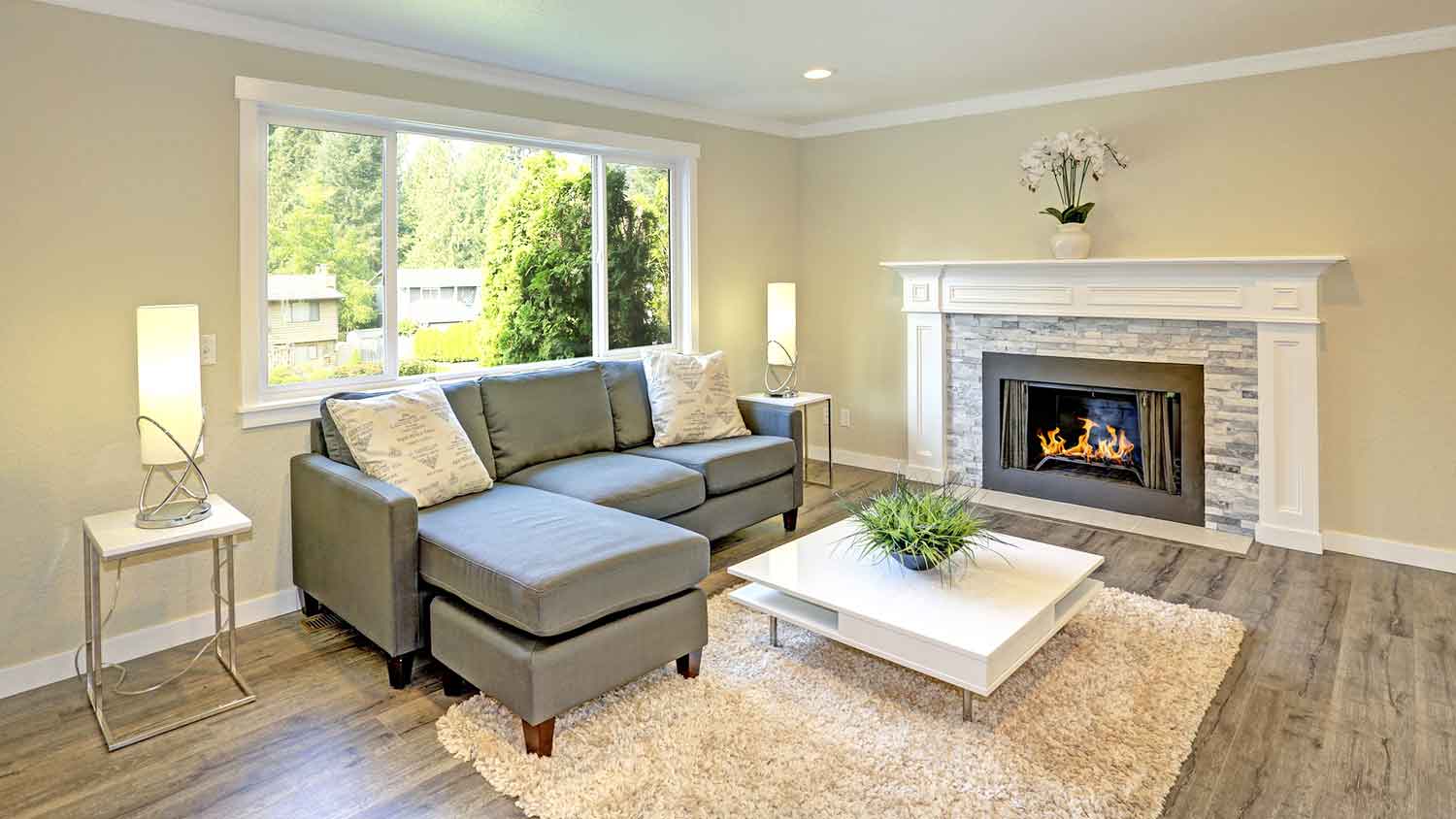Should Drywall Be Butt Up Against a Wall?
Your drywall will look anything but messy thanks to butted seams
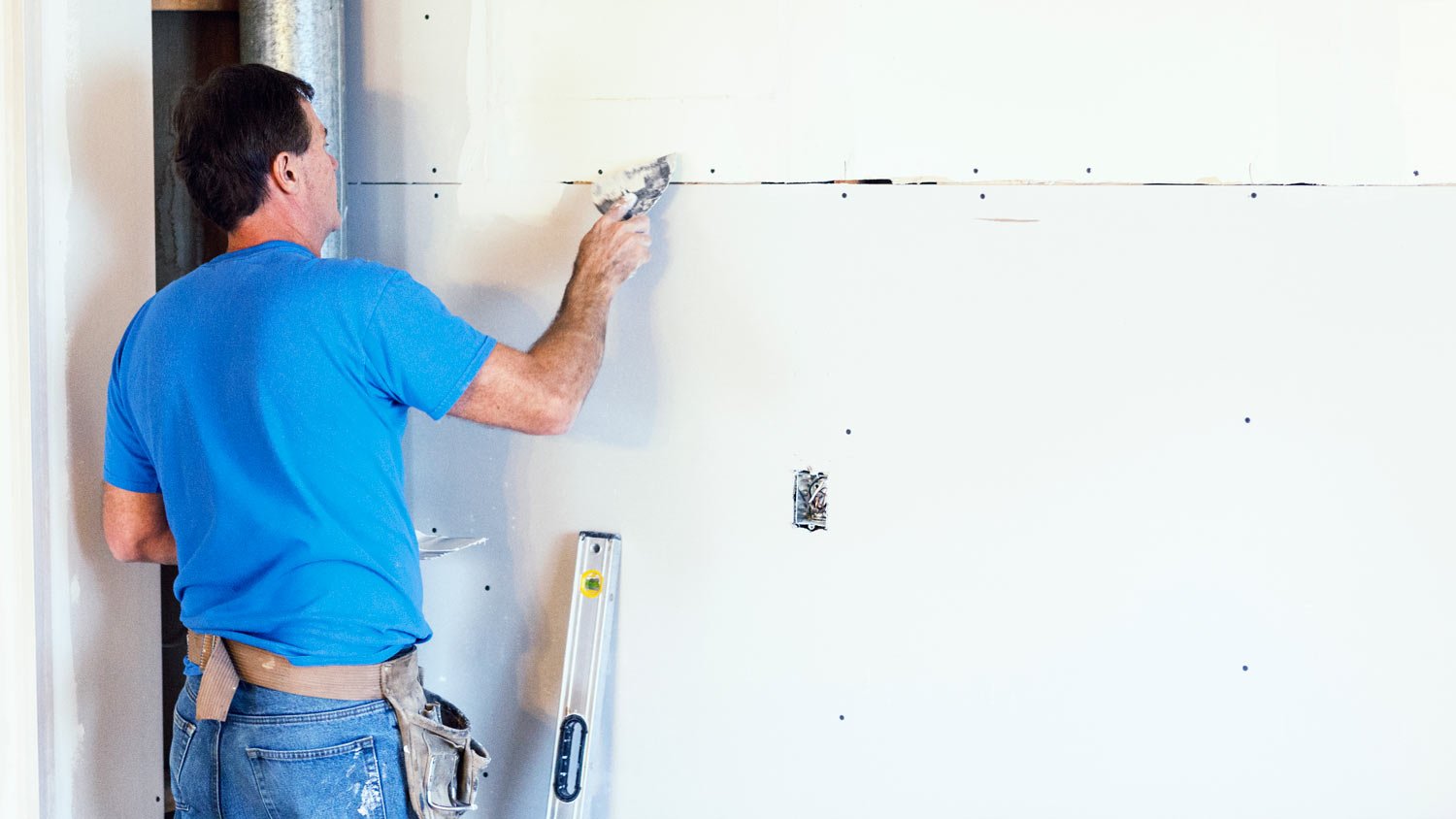

Drywall sheets should “butt up” to each other with a 1/8-inch gap between sheets.
These sheets should join and attach closely to the center of wall studs.
Butt joints allow you to use less joint compound during drywall installation.
Because drywall sheets can be 50 pounds each, leave installation to a pro.
As you prepare to install drywall in a new addition or freshly renovated room, you may wonder whether drywall sheets need to be right up against each other and how close to the studs they should be. When considering if drywall should be butt up against a wall, we’ll be your guide for a smooth, seamless, and sturdy drywall application.
Common Reasons to Butt Drywall Against a Wall
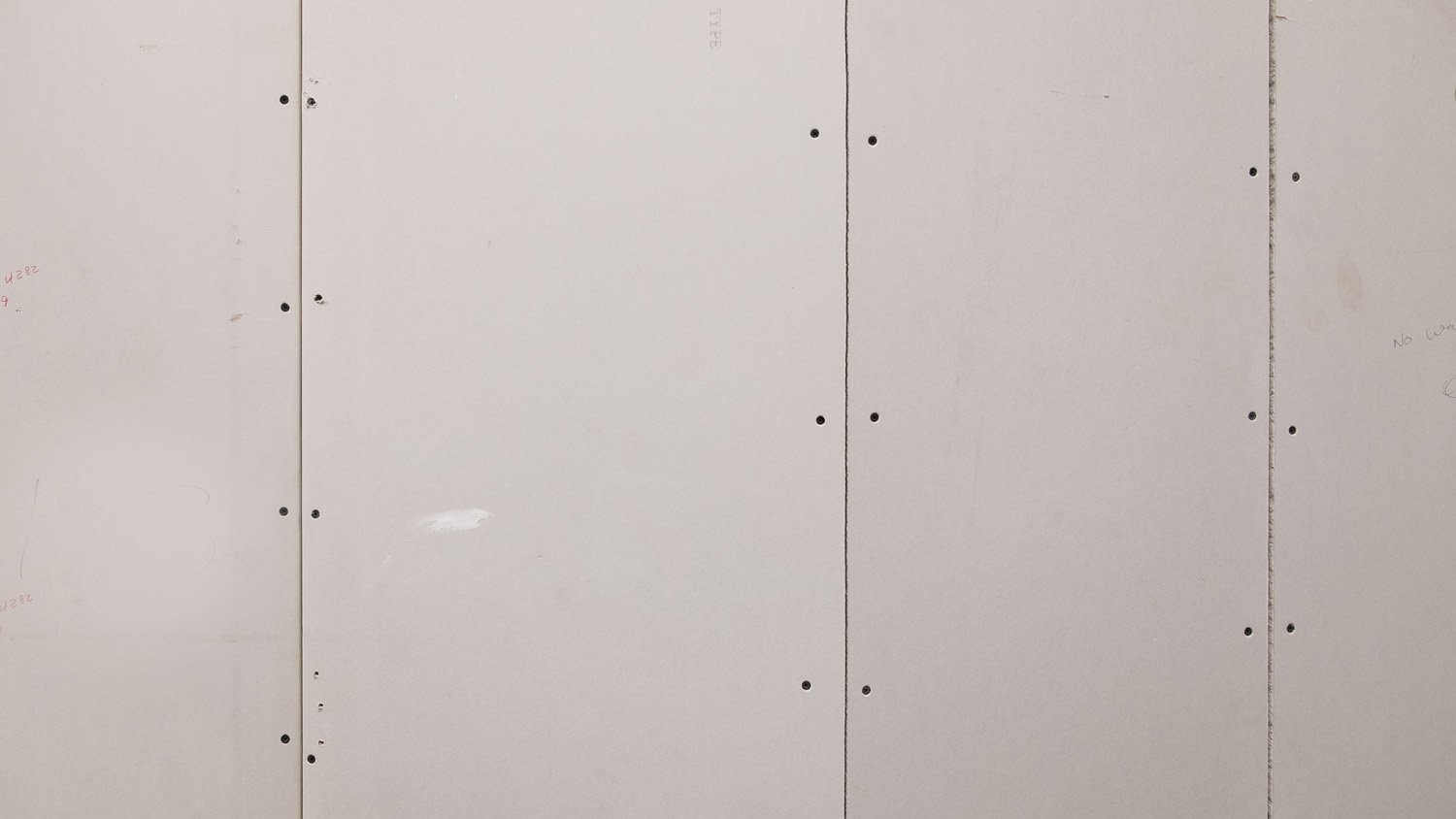
There are many reasons you should butt drywall up against a wall, from improving the final look of your walls to improving the drywall strength and longevity. Here are some reasons to apply drywall with butt joints.
1. Use Less Joint Compound
When two drywall sheets lie right up against one another, there’s less space between them to fill with joint compound. This can save you some time and money on drywall installation.
Joint compound, or drywall mud, helps fill the seams or gaps between drywall sheets and can also fill and smooth out other holes or imperfections in the sheets. This leaves a flat, even finish for painting.
2. Prevent Shifting
When you need to fill large gaps between drywall sheets, you’ll have larger amounts of joint compound on the wall. Over time, that drywall mud can crack and cause shifting. Ultimately, this could damage your finished paint job or leave the area weaker, impacting how much weight the drywall can hold.
3. Ensure a Smoother Finish
With tight seams, the drywall will lay more aligned, contributing to a smoother finish after you’ve hung all the drywall sheets. Because there’s less risk of cracking and shifting when there’s less joint compound, your walls should look smoother with no noticeable bumps or grooves.
If you want a good finish on your wall, it's absolutely worth it to pay for professional taping and mudding. Many DIYers are tempted to pay someone to hang the drywall and do the rest themselves, but this is one area where a skilled contractor can make a huge difference.
4. Improve Insulation
While you’ll still need proper insulation to make sure your home is as efficient as possible, butting drywall sheets tightly against one another helps improve the airtight seal between drywall and improve overall insulation in your home.
Of course, for added insulative properties and better moisture protection, you should consider installing plastic behind moisture-resistant drywall. A plastic vapor barrier goes against the wall studs with insulation and drywall over the top.
Where to Align Butt Joints
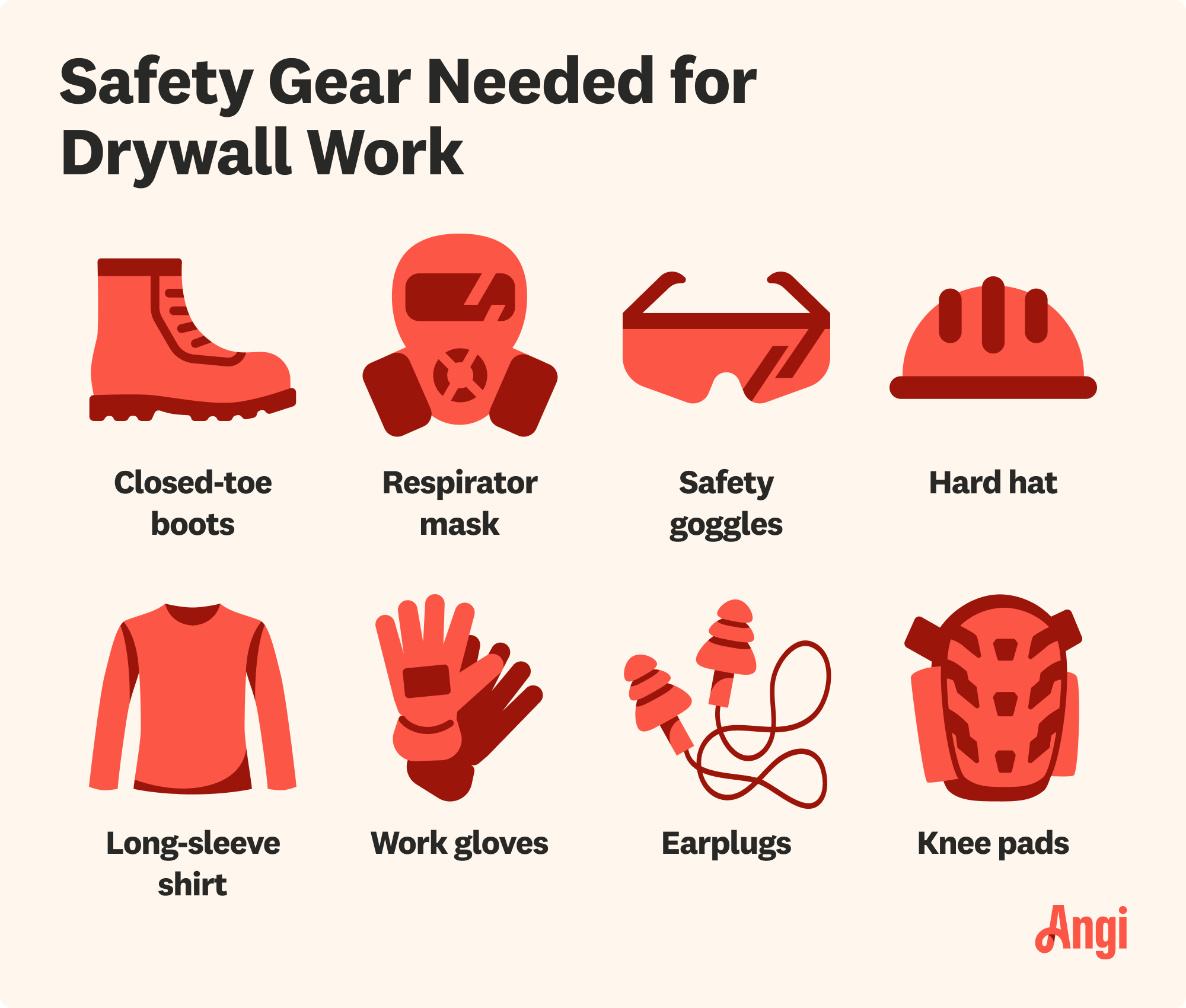
Drywall should be butt up against wall studs to ensure a strong, stable wall. For the best results, place the edge of each drywall sheet in the center of the stud. Butt joints where two sheets meet should be on the stud to prevent cracking or instability. This can be a difficult task, so be sure to leave installation to a drywall installer near you.
Maximum Gaps Around Drywall
Whether you’re learning how to drywall corners or trying to maintain space for new floors, there are some maximum gap recommendations when it comes to installing drywall. Here’s the amount of space to leave when drywalling:
Between drywall sheets: 1/8 inch
Between drywall and the ceiling: 3/8 inch–5/8 inch
Between drywall and the floor: 1/8 inch–1/4 inch
Frequently Asked Questions
Two of the biggest mistakes with drywalling are not measuring (and therefore buying the wrong amount of drywall) and trying to install drywall yourself. A sheet of drywall can weigh around 50 pounds, so it can be difficult to install without a pro or at least some experienced friends willing to help with a DIY installation. It can also get expensive if you don’t measure at least twice before buying the drywall sheets.
It doesn’t matter which way you lay drywall, and you can choose to install it horizontally or vertically depending on the size of the wall and how tall the ceiling is. It’s easier to lay drywall sheets vertically if you have a taller ceiling, but laying sheets horizontally makes it easier to apply joint compound.



